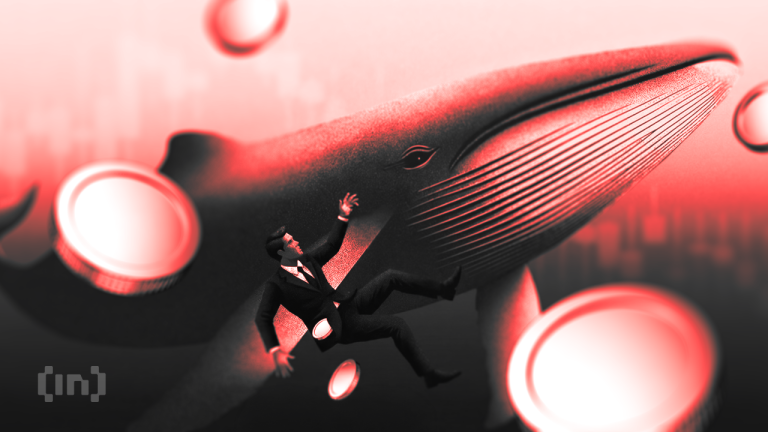
The Evolution of Style: A Historical Perspective

The Renaissance of Craftsmanship
The Renaissance period marked a pivotal moment in the history of style, where emphasis on individual craftsmanship and artistic expression flourished. This era saw the rise of master artisans who were revered for their intricate work, setting a foundation for quality and beauty that remains influential today.
The Industrial Revolution and Mass Production
As the Industrial Revolution took hold, the scale of production transformed dramatically. This period introduced mass production techniques that made styles more accessible but often at the cost of individuality and quality. The shift had a profound impact on how products were made and consumed, paving the way for modern fashion and design industries.
The Revival of Artisanal Techniques
In recent years, there has been a significant revival of artisanal techniques, driven by a desire for sustainability and authenticity. This movement aligns closely with the Eclectic Grandpa trend, which combines vintage styles with modern sustainability practices. Artisans and designers are blending traditional methods with contemporary aesthetics to create unique, eco-friendly pieces that resonate with today’s consumers.
Key Elements of Timeless Design

Simplicity and Elegance
In the realm of timeless design, simplicity and elegance stand as the cornerstone. These designs are characterized by clean lines and a minimalistic approach that transcends fleeting trends. This aesthetic not only ensures visual pleasure but also enhances the functionality of the space.
Durability and Quality
High-quality materials and craftsmanship are essential for designs that stand the test of time. Durable products not only offer longevity but also promote sustainability by reducing the need for frequent replacements. Here’s a quick look at materials commonly used in timeless designs:
- Hardwood
- Natural stone
- High-grade metals
- Quality leather
Versatility in Use
Timeless designs are renowned for their versatility. These pieces can seamlessly integrate into various settings without clashing with evolving styles. This adaptability makes them a favorite choice among interior designers and homeowners alike.
Modern Interpretations of Classic Styles

Incorporating Technology in Traditional Designs
In the realm of craftsmanship, the fusion of technology with traditional designs is not just a trend but a revolution. Smart materials and digital fabrication methods are being seamlessly integrated into classic styles, offering both enhanced functionality and a new aesthetic dimension.
Sustainable and Eco-friendly Innovations
The push towards sustainability is reshaping how we view classic styles. Eco-friendly materials and processes are now at the forefront, transforming old designs into sustainable solutions that appeal to the environmentally conscious consumer.
Blending Cultures in Contemporary Craft
The global village has brought about a unique blend of cultural styles, creating a rich tapestry of design that speaks to a broad audience. This cross-cultural exchange enriches traditional crafts, making them more versatile and appealing in today’s diverse market.
Influential Designers and Their Impact

Icons of the 20th Century
The 20th century was a pivotal era for design, marked by the emergence of figures who would define the aesthetics of their time. These designers not only shaped the visual landscapes of their eras but also influenced the broader cultural and social movements. From the streamlined simplicity of mid-century modern to the vibrant rebellion of postmodernism, their creations continue to inspire today.
Emerging Talents in the 21st Century
As we navigate the 21st century, a new wave of designers is making their mark with innovative approaches and fresh perspectives. These emerging talents are not just designing products; they are crafting experiences that resonate with a global audience, emphasizing sustainability and inclusivity.
Design Philosophies That Shaped the Era
The philosophies guiding these influential designers often reflect a deep engagement with both form and function. Emphasizing a balance between aesthetic appeal and practical utility, these philosophies advocate for designs that are both beautiful and usable, ensuring that they stand the test of time.
Conclusion
In the journey of style, from the timeless elegance of yesteryears to the bold modern interpretations of today, we see a tapestry of creativity and expression that transcends time. Whether it’s the meticulous craftsmanship of traditional designs or the innovative edge of contemporary fashion, each piece tells a story of its era and the visionary minds behind it. As we continue to explore and redefine style, we embrace the past, celebrate the present, and anticipate the future, ensuring that the essence of beauty and functionality remains at the heart of all creations.






1 thought on “Crafting Style: From Timeless to Modern Interpretation”
Comments are closed.